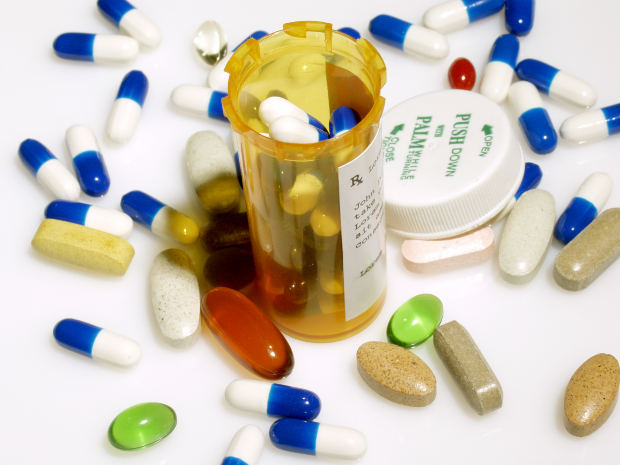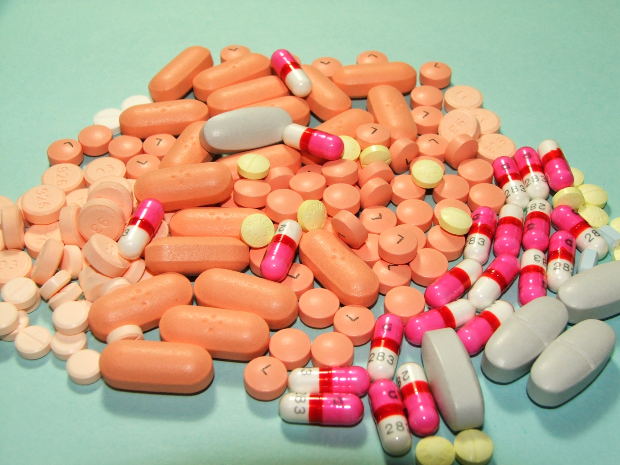Johnson & Johnson’s Janssen Pharmaceuticals unit has lost its second drug injury verdict in a month-this one for $11 million. Haley Powell claimed that anti-seizure medication Topamax caused her son to be born with a cleft lip. The ruling comes not long after another jury ordered Janssen to pay $4.06 million to April Czimmer, whose son Blake was also born with a cleft lip in 2007. He had to undergo four surgeries. Czimmer used the drug to treat her migraines.
Jurors in Powell’s Topamax birth defect case found that the pharmaceutical company did not properly warn her about the risks involved with taking the medication even though it knew the drug could cause serious birth defects. Powell’s drug injury legal team argued that Janssen knew of the birth defect risks as far back as 1997 but intentionally kept safety reports hidden. Meantime, the manufacturer’s lawyers argued that cleft lips are common and impact about 4,500 newborns annually.
Now, Powell’s son, Brayden, 5, will have to undergo at least five surgeries before he turns 21 to fix his cleft lip. Many other Topamax injury lawsuits against Janssen are pending.
 Drug Injury Lawyers Blog
Drug Injury Lawyers Blog


 Mirena Intrauterine Device (IUD), manufactured by Bayer Pharmaceuticals, is one such contraceptive method that has been promoted as a safe and long-term birth-control option for women. Shaped like a “T”, Mirena IUD is a small plastic container that continuously releases the hormone, levonorgesterel, which thickens up the mucus on the walls of the uterus to limit the mobility of sperm and decrease the chances of pregnancy.
Mirena Intrauterine Device (IUD), manufactured by Bayer Pharmaceuticals, is one such contraceptive method that has been promoted as a safe and long-term birth-control option for women. Shaped like a “T”, Mirena IUD is a small plastic container that continuously releases the hormone, levonorgesterel, which thickens up the mucus on the walls of the uterus to limit the mobility of sperm and decrease the chances of pregnancy.
 In addition to oral defects, infants exposed to the drug were more likely to develop bodily malformations such as malformations of the lungs, heart, and limbs. Topiramate exposure has also been linked to incidences of neural tube defects, such as spina bifida; a condition that occurs when the embryonic neural tube does not completely close. Based on the information, the FDA now designates topiramate as having a Pregnancy Category D rating. That is, there is significant evidence linking topiramate exposure to fetal birth defects.
In addition to oral defects, infants exposed to the drug were more likely to develop bodily malformations such as malformations of the lungs, heart, and limbs. Topiramate exposure has also been linked to incidences of neural tube defects, such as spina bifida; a condition that occurs when the embryonic neural tube does not completely close. Based on the information, the FDA now designates topiramate as having a Pregnancy Category D rating. That is, there is significant evidence linking topiramate exposure to fetal birth defects.






